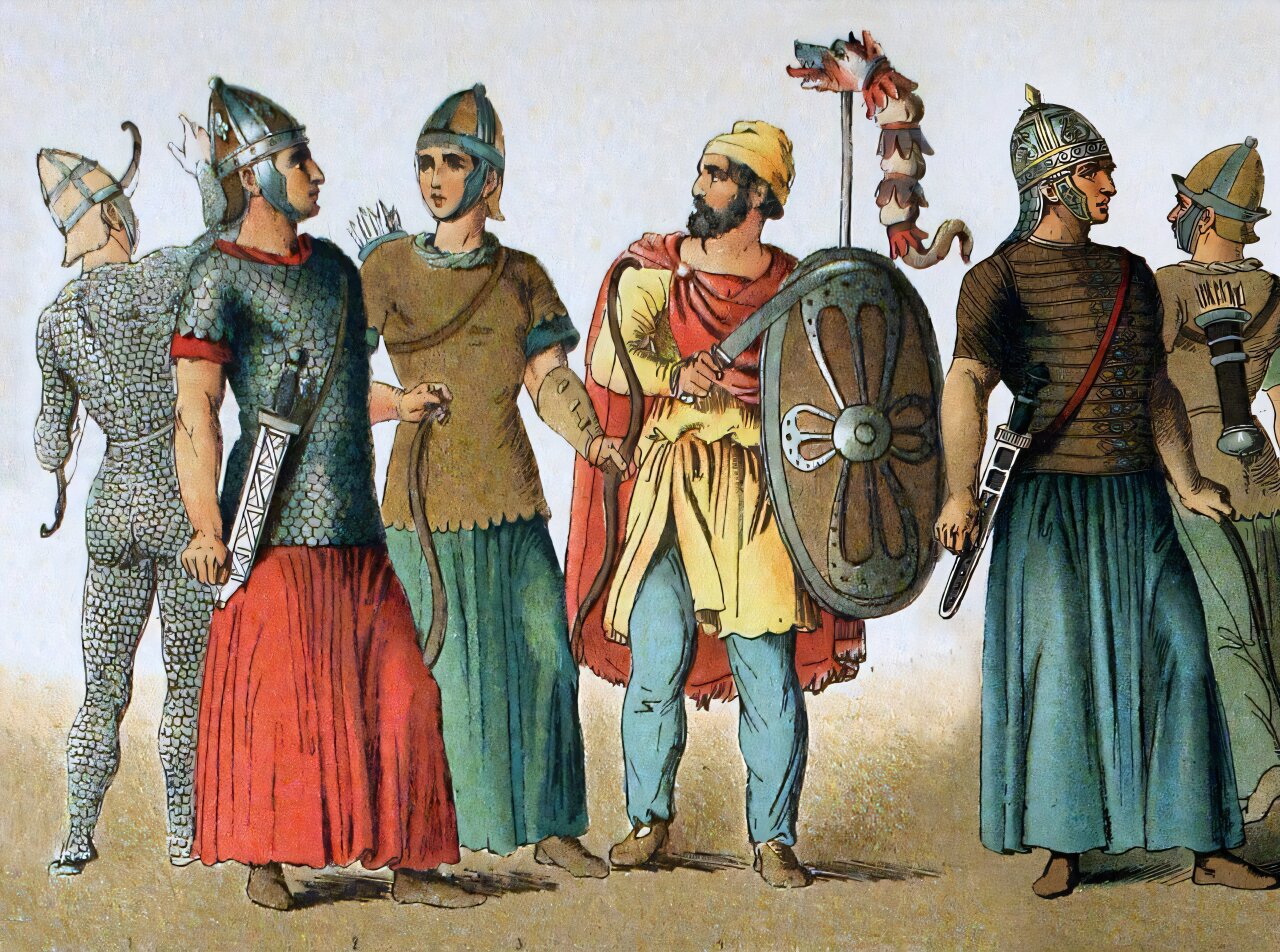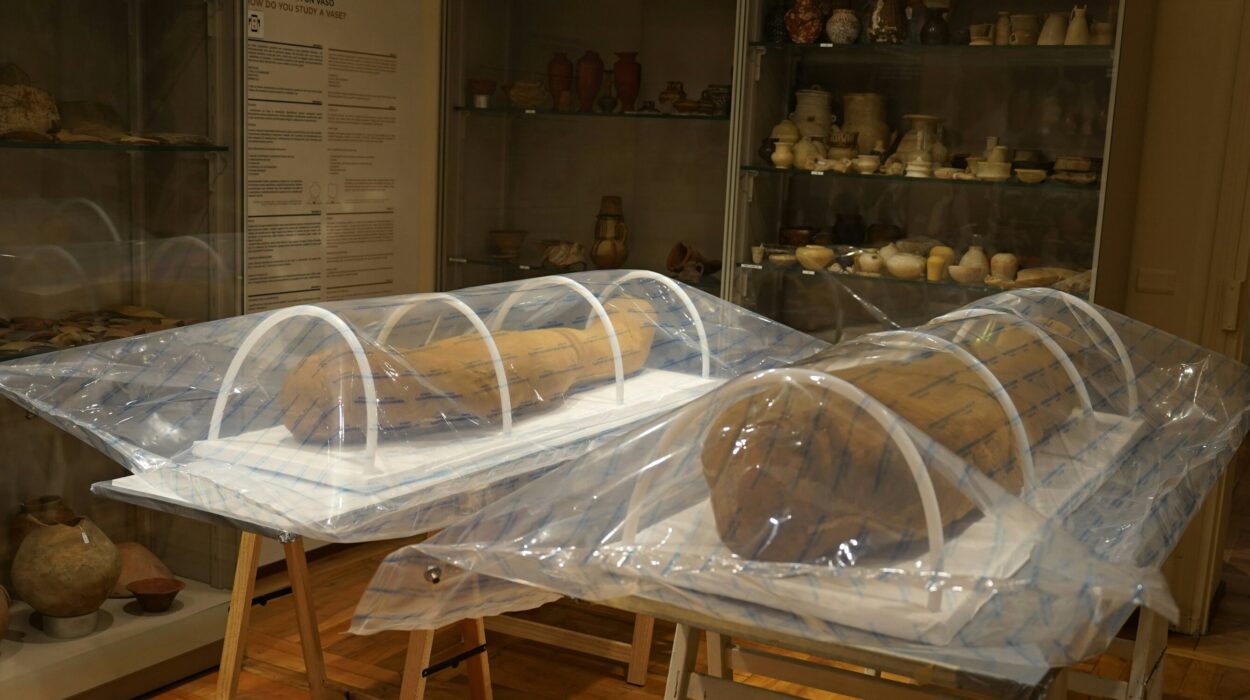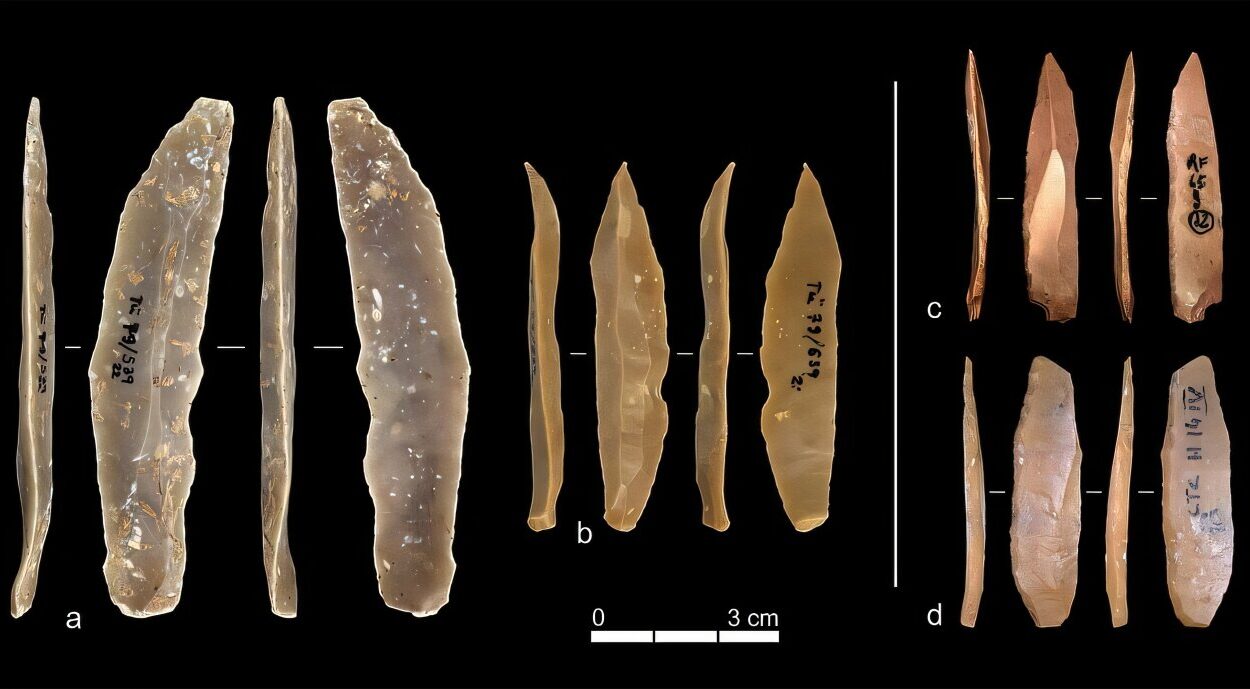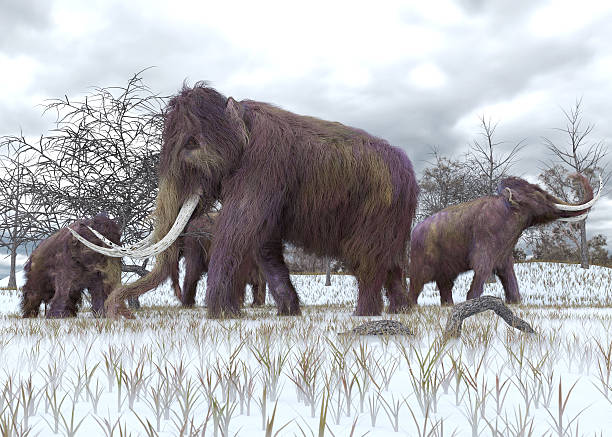In the windswept plains of Eastern Europe, long before the rise of medieval kingdoms or the spread of Christianity across the continent, there roamed a people whose name once struck fear into the heart of Rome — the Sarmatians. They were horsemen of unmatched skill, archers of deadly precision, and warriors who ruled the endless grasslands between the Ural Mountains and the Danube. Yet, despite their power and reach, the Sarmatians vanished from memory, leaving behind little more than fragments of myth and a few cryptic lines in Roman chronicles.
Now, thanks to groundbreaking genetic research led by Dr. Oszkár Schütz and his colleagues, their story is being told anew. Published in Cell, the study analyzed 156 ancient genomes from across the Carpathian Basin and the Romanian Plains, dating from the 1st to 5th centuries CE — a period that witnessed the rise, expansion, and eventual assimilation of the Sarmatian world. What the team uncovered is a tale of migration, integration, and identity that challenges long-held assumptions about who these people were and why they faded into obscurity.
Who Were the Sarmatians?
The Sarmatians emerged from the southern Ural region, in what is now Russia, sometime between the 4th and 2nd centuries BCE. They were part of the wider Iranian-speaking nomadic cultures of the Eurasian steppe — cousins to the Scythians, with whom they shared both ancestry and customs. Mounted on swift horses, draped in scale armor, and armed with long lances known as contus, they swept westward across the steppe, establishing dominance from the Volga to the Lower Danube.
By the 1st century CE, Sarmatian tribes had entered the Carpathian Basin — the heart of modern-day Hungary — and transformed the Great Hungarian Plain into a hub of steppe culture. They clashed and negotiated with Rome, fought alongside and against Germanic tribes like the Vandals and Quadi, and even supplied cavalry units to the Roman army. Some legends suggest that their code of mounted honor and distinctive armor may have inspired later European tales of chivalry — perhaps even the knights of King Arthur’s court.
Yet, despite their once formidable presence, the Sarmatians left no lasting state, no epic literature, and no people today claim them as direct ancestors. For centuries, they have remained a historical enigma — remembered only through the accounts of their enemies.
Reconstructing a Vanished People
Dr. Schütz and his team set out to fill that silence with science. Using 156 ancient genomes — the largest genetic dataset from the Sarmatian era ever assembled — they traced the origins and transformations of Sarmatian communities in the Carpathian Basin. The study revealed that the Carpathian Sarmatians descended primarily from steppe populations originating near the Ural Mountains and Kazakhstan. These groups gradually moved westward, mixing along the way with local peoples who lived in the Romanian Plains, forming a genetic bridge between East and West.
As generations passed, the steppe ancestry of the Sarmatians diminished. The data showed a pattern known as a founder effect — a phenomenon in which a small group of migrants establishes a new population, resulting in a loss of genetic diversity. The migration itself appears to have been male-driven, as evidenced by the sudden spread of the Y-chromosome haplogroup R1a, a marker associated with steppe lineages. In contrast, the mitochondrial DNA — passed from mothers to offspring — indicated predominantly European ancestry.
This suggests a vivid picture: Sarmatian men, likely warriors or pastoralists, rode westward into Europe and married local women, blending their bloodlines while preserving their paternal heritage. It was a process of cultural fusion as much as biological integration — one that turned conquerors into neighbors and nomads into settlers.
The Paradox of the Female Graves
Curiously, early Sarmatian cemeteries in the Carpathian Basin show a predominance of female burials. Archaeologists have long puzzled over this imbalance. Some believe it reflects a warrior society where men often died far from home, while others suspect that women played a more central role in Sarmatian social and spiritual life than once assumed. The new genetic data deepens the mystery: while male lineages indicate steppe origins, the physical graves reveal women as the more visible custodians of Sarmatian identity in their new western homeland.
Two Streams of Migration
The researchers also found evidence of two distinct migration waves. One came from the eastern steppe — the traditional homeland of the Sarmatians — while another moved northwest from European territories already touched by Roman influence. These waves met and mingled in the Carpathian Basin, creating a genetic mosaic that reflected both nomadic traditions and settled European cultures.
By the late 4th century CE, new influences began to arrive. Populations from Roman provinces to the south and west moved into the region, drawn by opportunity or displacement. Genetic signatures from these Roman migrants appear in the Sarmatian-era samples, showing that the Great Hungarian Plain had become a crossroads between empires, tribes, and worlds.
The Coming of the Huns
In the late 3rd and early 4th centuries CE, the Huns thundered into Europe from the east, reshaping the political and cultural map of the steppe. Under their rule, the once-powerful Sarmatians were absorbed, displaced, or subordinated. Roman chroniclers, awed by the ferocity of the Huns, forgot the Sarmatians almost overnight. Yet, the genetic evidence tells a different story: rather than disappearing, many Sarmatians persisted through the Hunnic era, maintaining a degree of autonomy and continuity even as their name faded from record.
When the Hun Empire collapsed in the mid-5th century, some Sarmatian groups are believed to have joined the emerging Gepid Kingdom, merging their heritage into the shifting fabric of post-Roman Europe. Though their political identity dissolved, their genes — and perhaps fragments of their traditions — lived on, woven into the ancestry of later peoples, including the early medieval inhabitants of Hungary.
Forgotten by History
Why, then, did the Sarmatians vanish from cultural memory? Dr. Schütz offers a compelling explanation. Roman authors, who produced most of the written accounts about the steppe peoples, were prone to generalization and bias. To them, “Sarmatian” may have been a blanket label for multiple tribes who shared similar lifestyles but lacked a unified political or ethnic identity. Without a centralized state or a lasting written tradition, the Sarmatians could not project their identity into the future. When the Huns arrived and dominated the steppe, the Sarmatians’ legacy was quickly overshadowed.
Their disappearance from history, then, was not sudden but gradual — a fading rather than an extinction. The people continued, but their name dissolved in the tides of migration and cultural blending that defined late antiquity.
The Human Story Beneath the Science
What makes this research so powerful is not just the precision of its genetics, but the humanity it restores to a people long reduced to footnotes. Every ancient genome represents a life once lived — a rider on the plain, a mother by a hearth, a child buried under the vast sky of the steppe. Through their DNA, these individuals speak across the centuries, telling us that the Sarmatians were not merely a forgotten tribe but an integral thread in the tapestry of European ancestry.
The study also reminds us how fragile cultural memory can be. Civilizations that once commanded fear and respect can vanish from record when they leave no monuments, no literature, and few chroniclers of their own. Yet, through the lens of modern science, we can reconstruct what history overlooked and rediscover the lost chapters of humanity’s shared story.
A Future for the Past
Dr. Schütz and his team emphasize that their work is far from complete. One of the biggest mysteries that remains concerns the local populations who mixed with the Sarmatians. Historical sources mention Celts, Dacians, and Germanic tribes inhabiting the Carpathian Basin, but their genetic data are still scarce. Understanding these interactions will help clarify how the Sarmatian identity transformed and how their steppe ancestry declined so quickly after arrival.
Future research will also examine the Roman frontier regions, or limes, to better understand how soldiers, settlers, and nomads exchanged genes, goods, and ideas. Each new sample recovered from a burial site adds another word to the long-silenced story of the Sarmatians and their world.
Echoes Across Time
The rediscovery of the Sarmatians is more than an archaeological curiosity; it is a reminder that history is not static. Beneath every modern nation lies a mosaic of forgotten peoples whose legacies endure invisibly in our DNA. The Sarmatians, once fierce horsemen of the steppe and rivals of Rome, were not erased — they were transformed.
Their story bridges the distance between East and West, nomad and settler, conqueror and kin. And as science continues to unveil their genetic fingerprints across Europe, the Sarmatians are at last reclaiming their place in the human chronicle — no longer as shadows in Roman texts, but as living ancestors whose journey still echoes in the blood of modern populations.
In the end, the study by Dr. Schütz and his team does more than trace ancient genomes. It restores dignity to a people who once shaped the ancient world and then slipped silently into obscurity. The forgotten riders of the steppe are forgotten no more.
More information: Oszkár Schütz et al, Unveiling the origins and genetic makeup of the “forgotten people”: A study of the Sarmatian-period population in the Carpathian Basin, Cell (2025). DOI: 10.1016/j.cell.2025.05.009






